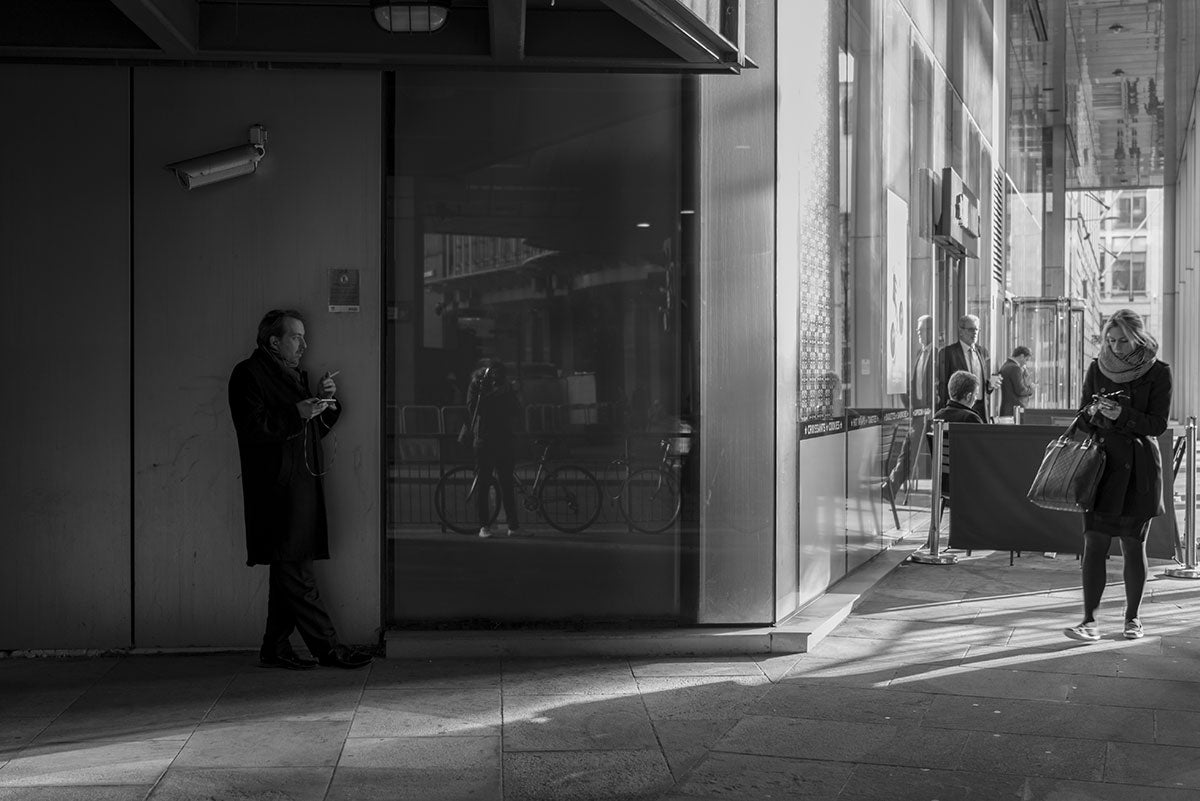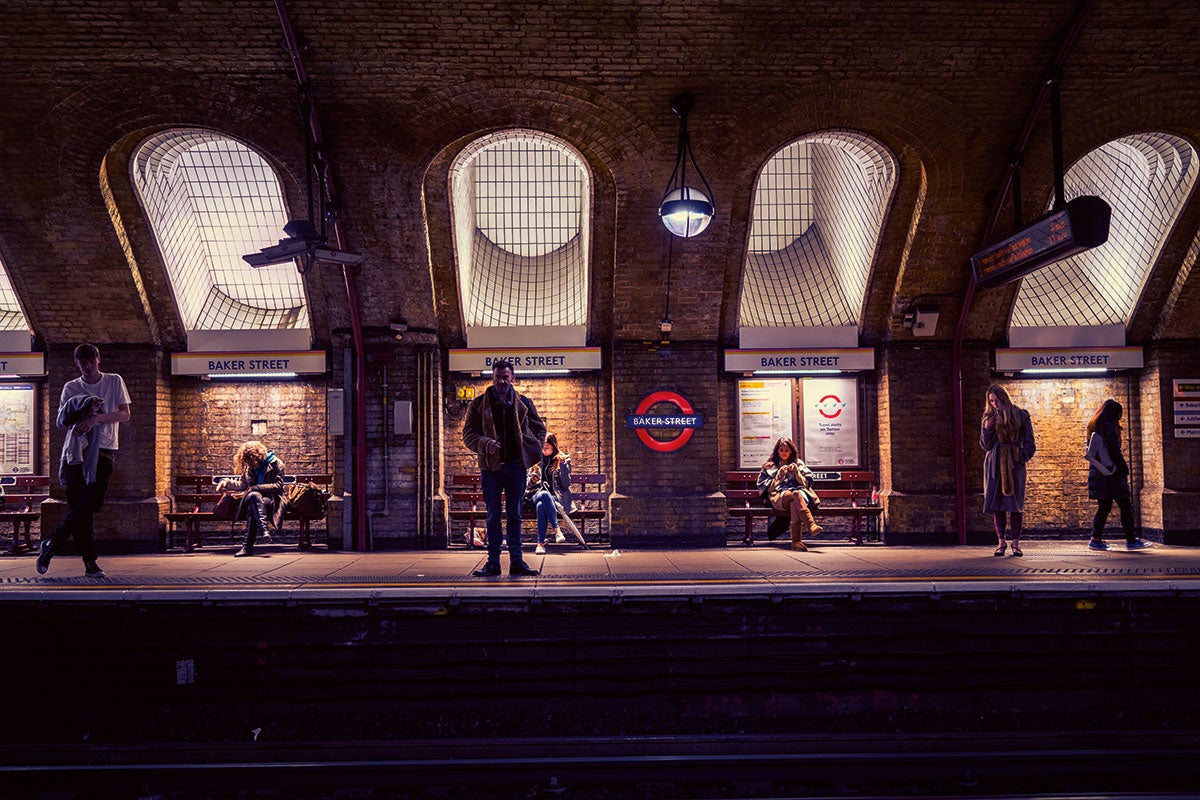Boasting a wealth of world-class features, the RX1R II looks incredible on paper. Callum McInerney-Riley finds out if it has held its place as king of the compacts
Sony RX1R II review
Sony RX1R II review – Autofocus

Significant improvements have been made to the RX1R II’s autofocus system, as it borrows much of its technology from the Alpha 7R II. A total of 399 phase-detection autofocusing points and 25 contrast-detection autofocusing points covering 45% of the frame are featured on the RX1R II. Sony says this advancement has led to a 30% increase in focusing speed over the previous RX1/RX1R. Another addition to the camera is the inclusion of continuous autofocusing that can be selected using the AF mode selector on the front of the camera.
In use, the autofocus of the RX1R II is noticeably faster than the previous model, and it has a particular advantage in low light. The focus speed still isn’t mind-blowing, but the improvements over the RX1 are noticeable, and it’s quick enough for capturing pictures in low-light situations.
In continuous focusing mode, the focus points dance around the screen rapidly, tracking subjects rather well. With 5fps continuous shooting, users can get a good burst of shots with a high rate of success in good light.

In low light, the RX1R II’s focusing can be rather slow but it is accurate
With a camera such as this I like to select a specific AF point, but it’s hard to position the AF point around the frame. Even if I customise the middle button to allow me access, the focus point still requires two presses before I can move the point around. I tended to use the focus recompose technique, but the 42-million-pixel sensor isn’t very forgiving when it comes to minor focusing errors caused by using this technique. This is one area where a touchscreen would be useful.




